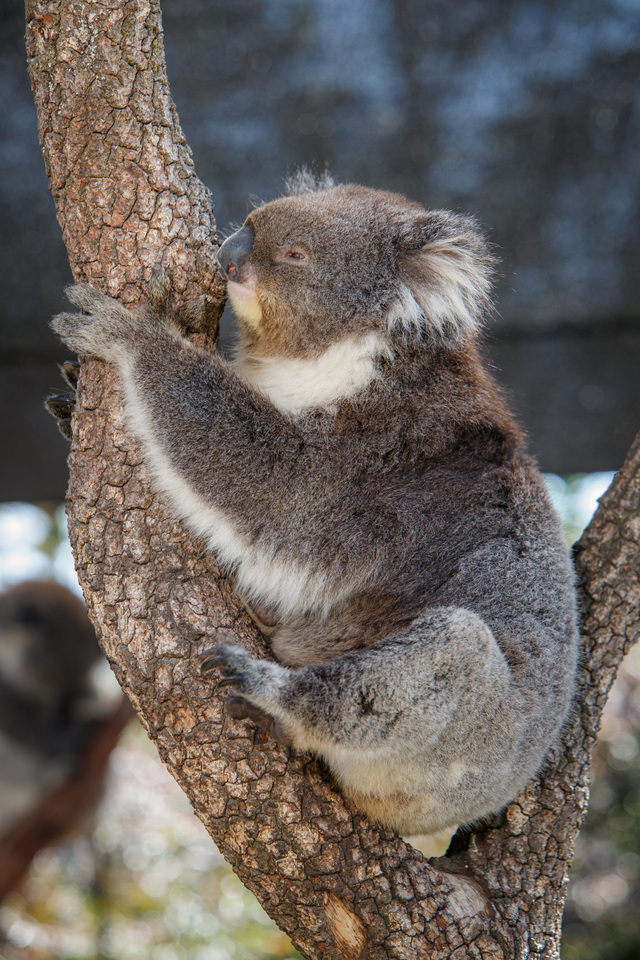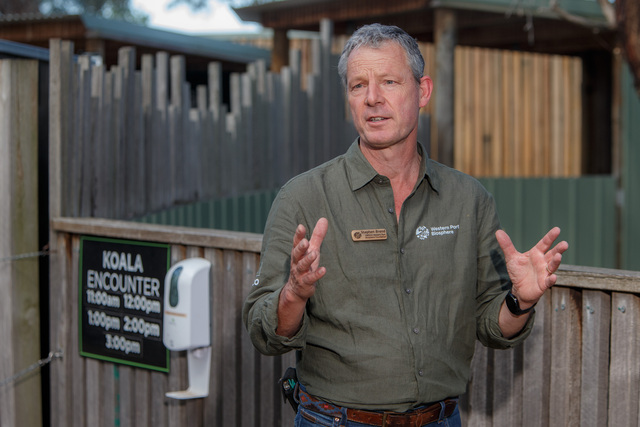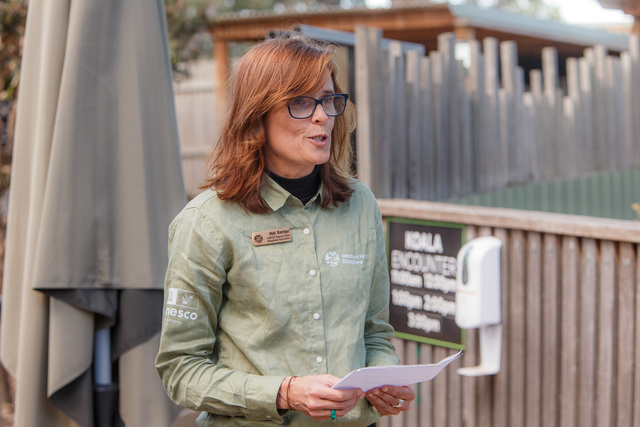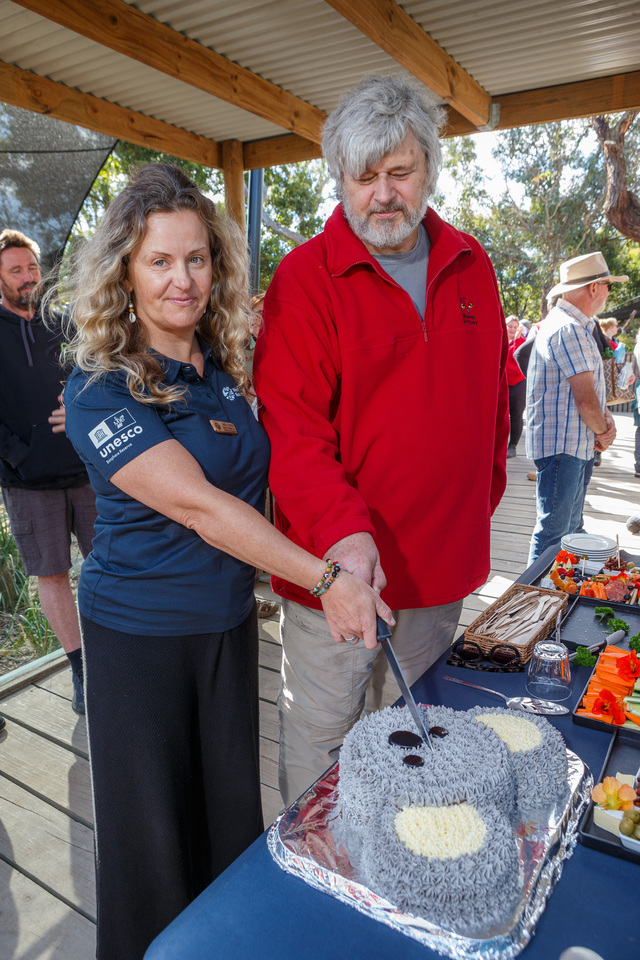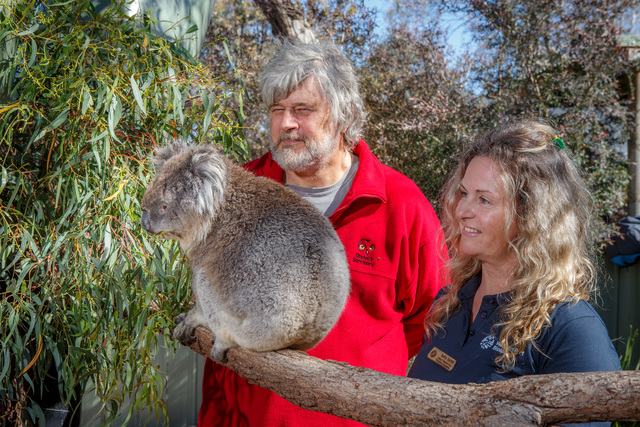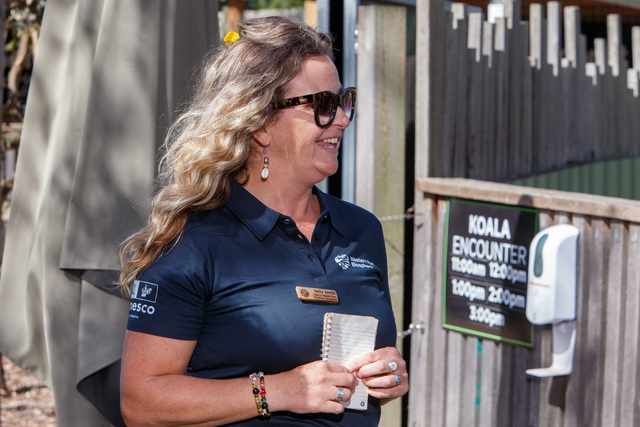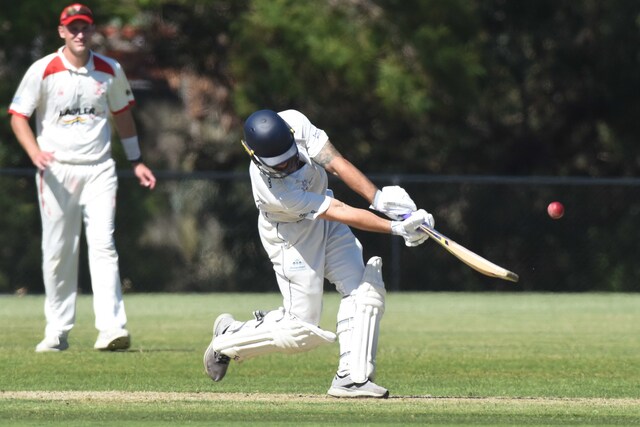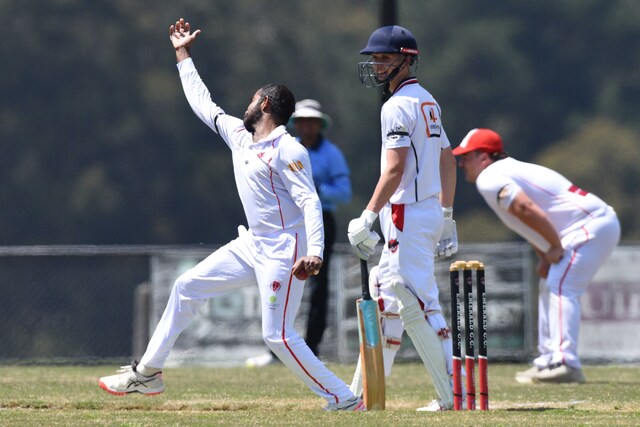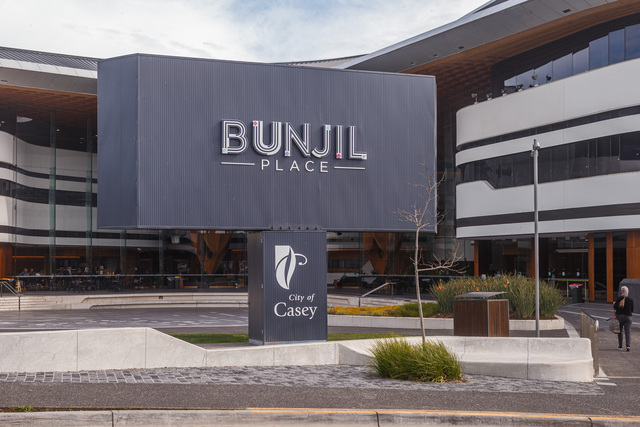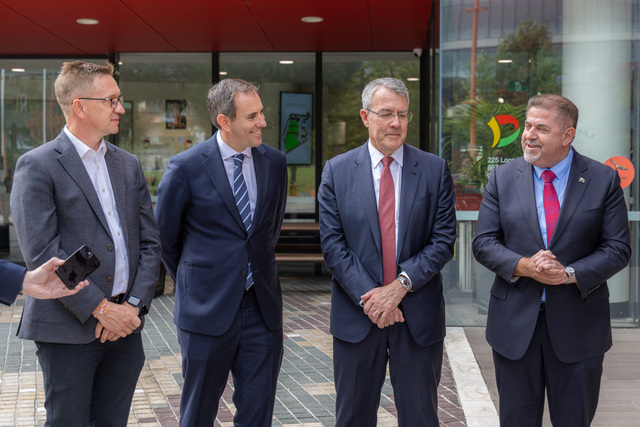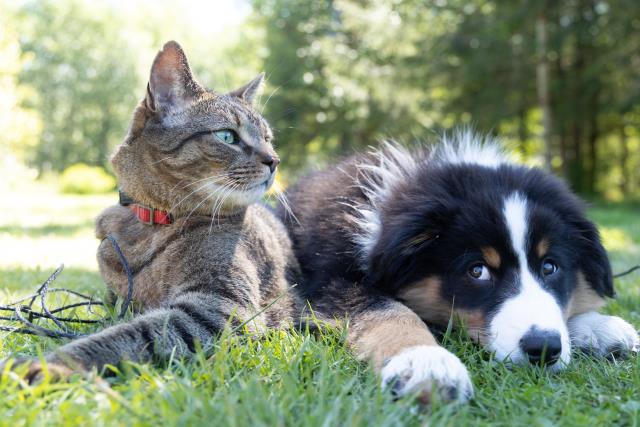PRECEDE-
Moonlit Sanctuary and Western Port Biosphere Foundation officially launched the three-year Koala Corridor Project in November.
A launching ceremony was held on Wednesday 13 November at Moonlit Sanctuary, reports Cranbourne Star News journalist VIOLET LI.
BREAKOUT QUOTE-
“We’re facing a situation where we’ll lose them entirely if we’re not careful because we’re putting them in smaller and smaller areas of habitat where they become inbred, and the population dies out or there’s just not enough food for them.
The project aims to create corridors of trees to link koala habitats within the UNESCO Biosphere Reserve. These corridors will reconnect fragmented habitats and provide safe pathways for koalas and other vulnerable species to move between areas of bushland.
Moonlit Sanctuary founder and director Michael Johnson addressed the public at the launching ceremony on how important the project would be for the future of koalas in the area.
“We are losing koalas,” he said.
“We’re facing a situation where we’ll lose them entirely if we’re not careful because we’re putting them in smaller and smaller areas of habitat where they become inbred, and the population dies out or there’s just not enough food for them.
“They can’t move around. They’ve got to get across roads.”
According to the project officer Kelly Smith from Biosphere Foundation, the project contains two key components.
The first part, a population survey and research, will involve thermal imaging drones to find koalas and acoustic monitoring to listen out for their sounds to see whether they’re present or absent in an area. Volunteers will also help collect koala scats for future analysis of their DNA.
Ms Kelly said the information gathered would help the project understand how koalas use the landscape, how healthy the koalas are, and give an estimate of koalas across the entire Biosphere Reserve.
The information would help the team better manage the species and help guide them in the other key part of the project: revegetation, she said.
Revegetation efforts will create a big continuous wildlife corridor across the entire Biosphere Reserve, from the Mornington beach across to the Bass Coast. It involves planting trees on private properties with the help of volunteers.
“Koalas and all wildlife need to be able to move through the landscape safely,” Ms Kelly said.
“They need to be able to mix with all the animals and breed with all the animals in different areas so they can increase their genetic diversity.
“Essentially, this wildlife corridor is safeguarding them for the future.”
A private landowner shared her experience of working with the project at the launching ceremony to encourage other landowners to consider volunteering.
She recollected how she grew up with koalas on the trees in the backyards.
“We planted out an area that was probably almost a third of our property here, which probably would be about three acres. And it was a couple of thousand trees,” she said.
“We’ll lose a certain amount of them, so it’s important that you put many in.
“I was told that in five years, I might have some koalas come and visit and live again. That’s wonderful.
“Hopefully, more people will come on board.”
According to Ms Smith, approximately 8000 trees have been planted for koalas on private properties, between the Mornington Peninsula and Corinella on the Bass Coast by November 2024.
The Koala Corridor Project is calling on the community to support the initiative. In addition to planting trees, the project is looking for volunteers to help survey koala populations, create new habitats on private properties, and raise funds for the project.


